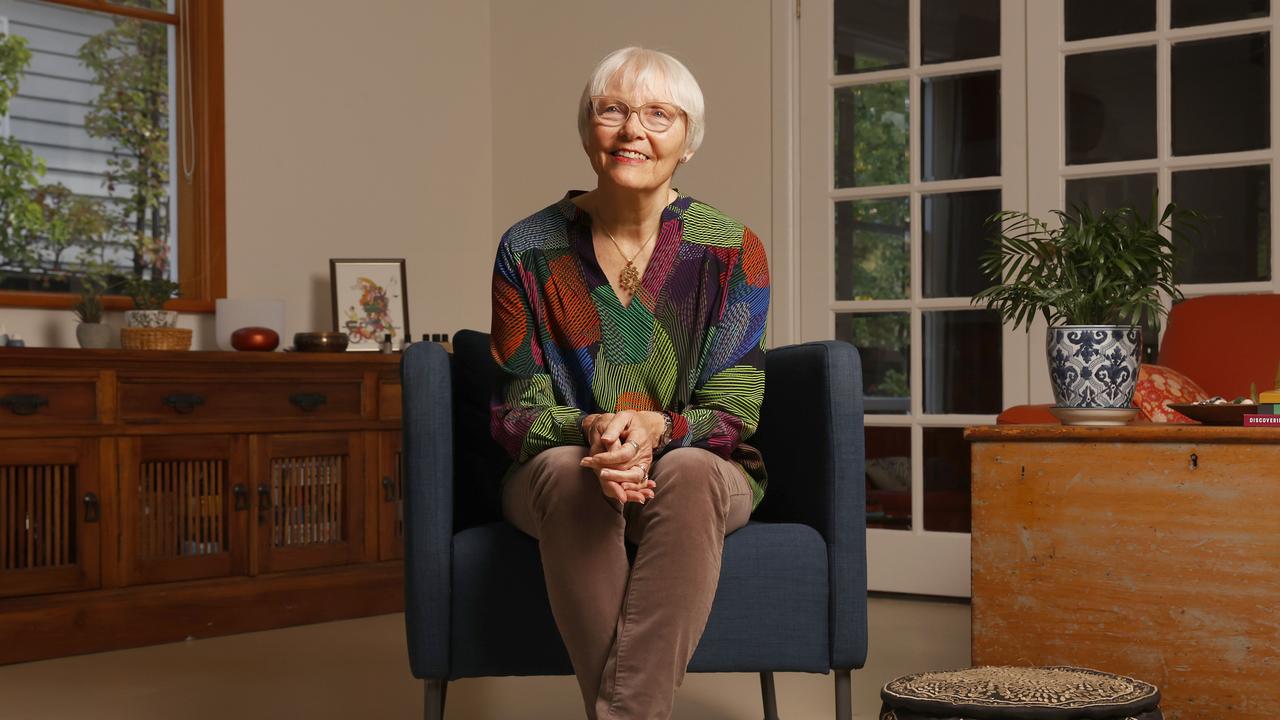Tasmanian theatre group gives its members the freedom to fly
A Hobart-based performance theatre group is helping to celebrate the stories of young mothers, neuro-diverse, people with intellectual disabilities and people living with chronic pain.
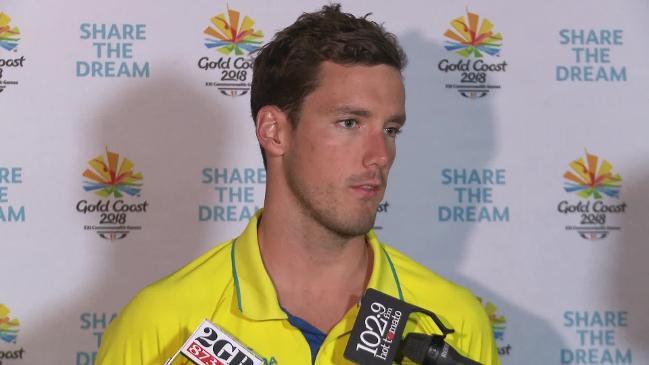
Lifestyle
Don't miss out on the headlines from Lifestyle. Followed categories will be added to My News.
Luke John Campbell’s life started with a nurse telling his mother she should forget she ever had him and that he should live in a mental institution.
But 35 years later, Campbell is an exciting force in Tasmanian theatre. He has performed interstate and overseas and is an up-and-coming director, as well as a musician and photographer.
His powerful theatre work, By My Hand, was picked up by Dark MOFO in 2018 and went on to be performed at an international festival in Finland the same year.
Campbell and his mother, Leanne Combes, credit his stunning success to contemporary performance company Second Echo Ensemble and its creative director, Kelly Drummond Cawthon.
‘Luke knew he was different but he wanted to be like everyone else’
“It wasn’t much fun when I was a kid,” says Campbell, who has Down syndrome.
“The nurse said I should live at Willow Court. My mum said ‘no’. The school teacher said I should learn sign language. My mum said I would speak.”

And speak he has.
Campbell has performed in Melbourne and was a 2020 Arts Tasmania educational artist in residence. He is a 2020-21 Australia Council future leader. But the piece de resistance was touring to the Lonely in the Rain Festival in Finland.
“Finland was really good … really amazing … I enjoyed that,” Campbell beams.
“When I am performing it is like meditating. To be a director makes me feel good.”
Luke joined Second Echo in 2015 and his mum says theatre has transformed his life.
“He’s a totally different person,” Combes says. “It has been a big turning point in his life.
“It was very difficult for him growing up. Luke knew he was different but he wanted to be like everyone else. I was a young mother and when he was born the nurse said ‘you’d be better off just forgetting you had a child and he should live at Willow Court’. When he went to school they said he should just learn sign language because the odds of him speaking were very low.
“I refused point blank, I didn’t want him just pointing to things and never speaking. I persevered and it’s paid off.”
Combes says she would have loved to have gone to Finland to see her son on stage.
“We’re so proud of him and when people say he’s done well, I say ‘he’s not done too badly for someone I was told should be forgotten about and left’.”
Campbell, who lives independently and is paid by SEE, wants to do more directing and one day have his own company.
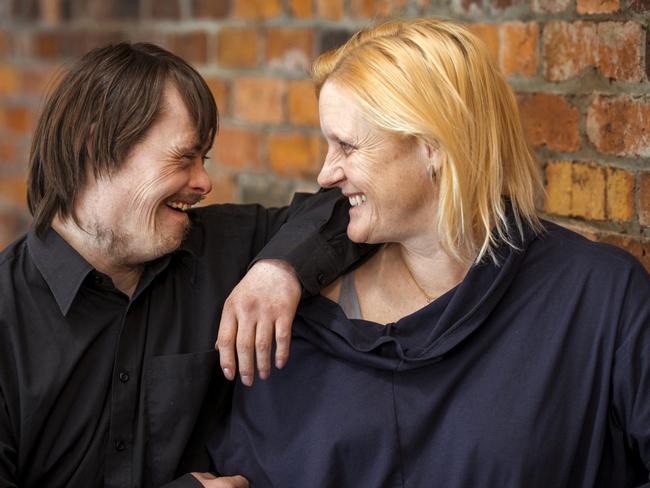
He pays tribute to Drummond Cawthon for her mentoring and dedication to all who work with her.
“I have a voice,” Campbell explains. “I want my voice to be heard. I want to lead.
“I will be a leader in the digital arts. I will lead my own company.”
For Drummond Cawthon dance is her first language.
She is a dynamo and has worked in performance and education for more than 30 years.
Growing up in Hobart, she was one of the first students at the Hobart Dance Academy.
“I started contemporary dance with David and Simi Roche in Adelaide while doing a BA in dance performance at what was then the South Australian College of Advanced Education, now Adelaide University,” Drummond Cawthon says.
“I then went off to America on a two-year scholarship to pursue a Master of Fine Arts and I ended up staying almost 25 years, completing degrees at Florida State University and New York University, touring the world with Shapiro & Smith Dance and becoming tenured in the faculty at the College of Fine Arts at the University of Florida.”
It was while on a national tour in the US her beloved father, Roger Drummond, died unexpectedly in Hobart.
She returned to Hobart for his funeral, planning to stay for a week, which turned into a month.
“I eventually made it back to New York with my two sons – but within a month plans began, and a one-way ticket for us all to return to Tasmania,” she says. “Nothing in America made sense. I needed to be home. My children needed to understand what community meant.”

It wasn’t long before she began working with SEE.
“I am privileged to work with Second Echo,” she says. “At the heart of SEE is an integrated ensemble of diverse movement makers who live with a range of abilities.
“The artists are present, dedicated and demand that I am always 100 per cent present – this is a gift not only on the stage, in the rehearsal room, but also in life.”
Drummond Cawthon wants to give voice and equity to people with disability.
“I work with the SEE artists to grow visibility and give voice to the diverse experiences they have to share,” she says. “One in five Tasmanians identify with living with a disability – these stories are still too often not heard. When was the last time you saw one in five people on any public stage openly identify with disability?
“The SEE staff, board and artists will continue to strive towards a community that listens, respects and works toward equity.”
She is delighted at the international recognition the group has achieved but laments the lack of local awareness of the group.
“We have toured to New Zealand, Eastern Finland and been beamed live to the United Nations in New York – we have been included in the New York Times reviews but struggle to make the local news,” she says.
“We have been in operation since 2005 and we have many people who were in the initial workshop still attending 16 years later.”
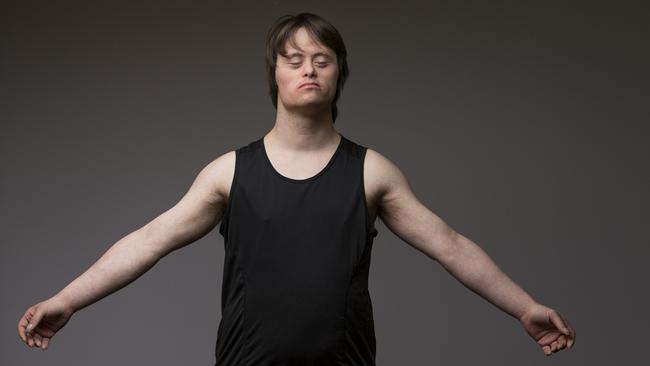
Drummond Cawthon says SEE artists are employed on the same wages and conditions as those artists who do not have a disability.
“We have a core of artists who are all on our payroll and are all currently living in Tasmania,” she says. “We don’t have fly-in fly-out artists, but we collaborate with other artists, and we call them our provocateurs. They come in and kick us in the butt to make sure we are really being rigorous, and asking enough questions about the work we want to make. So those artists come from all over. And that network is growing and growing, which is really exciting.”
Drummond Cawthon argues there is no such thing as a majority but rather a collection of minorities.
“SEE works to give voice to a minority that have access challenges – but even this is a diverse group – we celebrate the stories of young mothers, neuro-diverse, people with intellectual disabilities, people living with chronic pain … we celebrate the stories of Tasmanians,” she says.
“At SEE, we work from the social model of disability which identifies systemic barriers, derogatory attitudes, and social exclusion [intentional or inadvertent].
“The model says that people are disabled by barriers in society, not by their impairment or difference.
“We work towards a community that puts people first. A community where all voices are valid and that believes in equity.”
Charlie Smith, 34, is another of SEE’s success stories and a founding artist who has performed in New Zealand, Melbourne, Canberra and Brisbane.
Smith also plays bass at venues, festivals and events around Hobart.
“SEE has very much changed my life because it puts us into our creativity and wanting to make and do things,” Charlie says. “We decide how we want to work. I feel less nervous now because I was an outsider but in SEE I belong.”
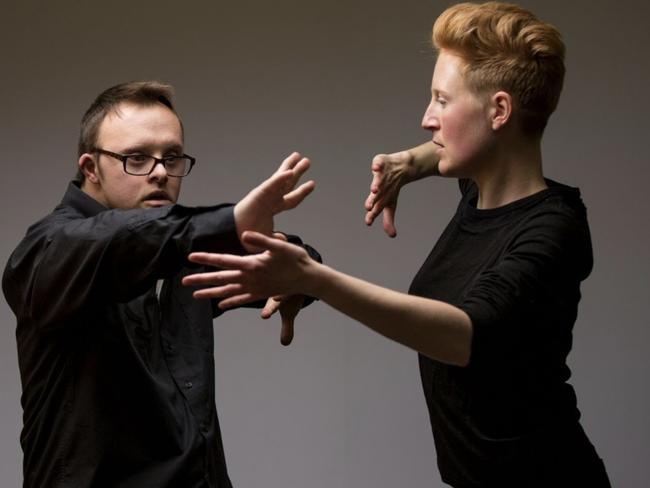
Smith is keen to go to New York.
“Last year with Covid made me depressed. But now I am directing and pushing back into my element,” he says.
Smith’s mother Marie Smith has seen a dramatic change in her son’s outlook on life since he became involved with theatre.
“He’s very happy … he’s got wings,” Marie says. “He was a performer from day one and he’s flourishing now.”
Smith, who completed his education at Claremont College, wants to continue on his theatrical path.
“We just love him to bits,” Marie says.
Anyone who has attended one of Second Echo’s performances leaves uplifted, with their preconceptions challenged, and a new appreciation for the transformative power of artistic endeavour – Mona Foma artistic director Brian Ritchie
For artist Elise Romaszko, SEE has given her a new confidence.
In a heart-rending poem penned by Romaszko she told of her hurt, sadness and anger at being excluded from music and sport at school.
“I wanted to do music but the high school music teachers did not think I could do theory,” she wrote as part of The Beauty Project addressing fashion for people with disability.
“I played hockey,” Romaszko says. “The parents wanted me to leave the team. This hurt it did. The new PE teacher didn’t allow me to do any PE at all. WHAT?”
Romaszko loves expressing herself in dance and one day wants to do a solo on stage.
“For me it feels like I can express more in dance. I enjoy it. I am having fun. Now I am directing it keeps me very busy,” she says. “I like to be a leader. I like to be recognised as a leader. SEE is about freedom, making new friends and dancing with them.
“Being on stage I would say it is hard and it is good. It is nerve-breaking but at the same time you let go.”
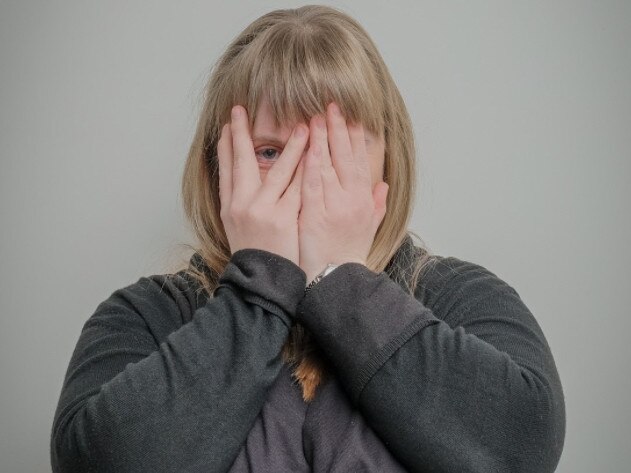
For Adelaide Okenyo, 36, who grew up in Huonville, attending Tarremah Steiner School and Fahan and loved putting on puppet shows for her young brother, SEE has been transformative.
Okenyo now lives with her teenage daughter in North Hobart and has finished a Masters in Art Therapy and spends most of her time painting.
“SEE has given me the community I didn’t realise was missing,” Okenyo says.
“It’s also given me a place in community, as I had been in deep denial about my realities of living with disability before becoming a core member of SEE in January 2021. This has been life-changing in that it has allowed me the opportunity to make conscious decisions moving forward. I completed my placement with SEE last year and am now setting up private practice as an art therapist – SEE has facilitated all of this. Next time you hear someone make a derogatory comment about artists or the arts, pull them up on it. Imagine having no music to listen to, or no television to turn on.”
Mona Foma artistic director Brian Ritchie is also enthusiastic about SEE’s “viable and desirable model”.
“Anyone who has attended one of Second Echo’s performances leaves uplifted, with their preconceptions challenged, and a new appreciation for the transformative power of artistic endeavour,” Ritchie says.
“I’ve seen individual performers and creatives in Second Echo achieve goals that may have hitherto seemed unattainable, even to people who are not disabled in any way. Australia is about the fair go and Second Echo exemplifies this. But make no mistake, the results are more than feel-good stuff. Second Echo makes moving and profound art by any standard.”
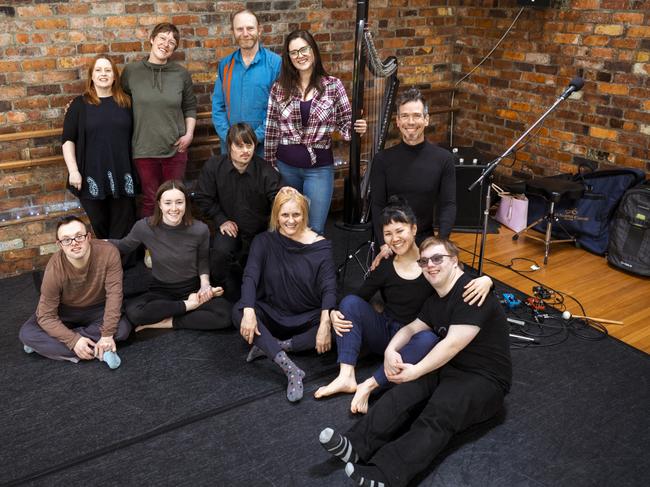
The founder and director of last year’s Burning Desire Festival to help Tasmanian artists survive Covid, arts patron Judy Tierney AOM is a big supporter of SEE and big fan of Drummond Cawthon, who she says “has let the sun in”.
“Many young Tasmanians are facing a world that will see them differently, treat them differently and embed in their psyche uncertainty, fear and a lack of self-worth,” the award-winning former ABC journalist says.
“With the SEE team, Kelly has opened the door and given voice and joy to so many who felt sidelined by life. The Second Echo team’s fabulous commitment is integral to life through incredibly moving productions. The quality of their presentations [is] evidence of their artistry, dedication and passion.”
Drummond Cawthon said during the past 18 months of “real hardship internationally” people had turned to the arts.
“The arts are at that base level,” she says. “It is who we are and how we communicate who we are to each other with each other. And so in times of stress and times of incredible hardship, that is needed. We must sustain these essential workers of our community to keep working, keep talking and keep sharing.”



